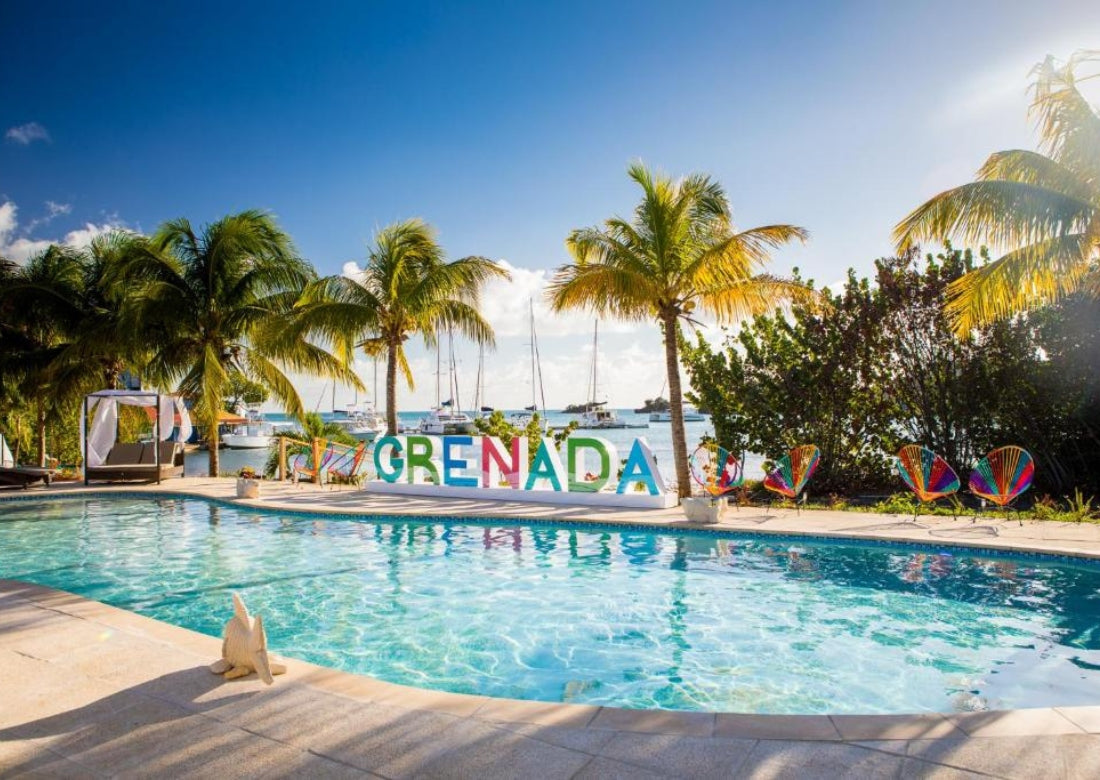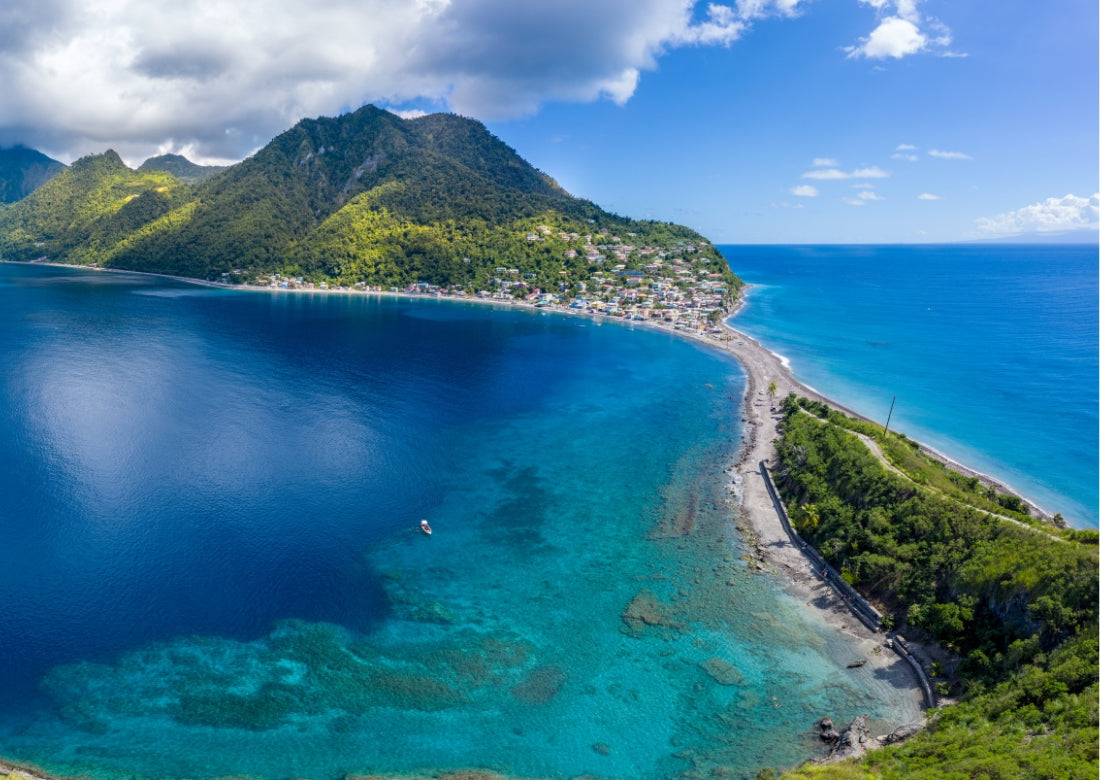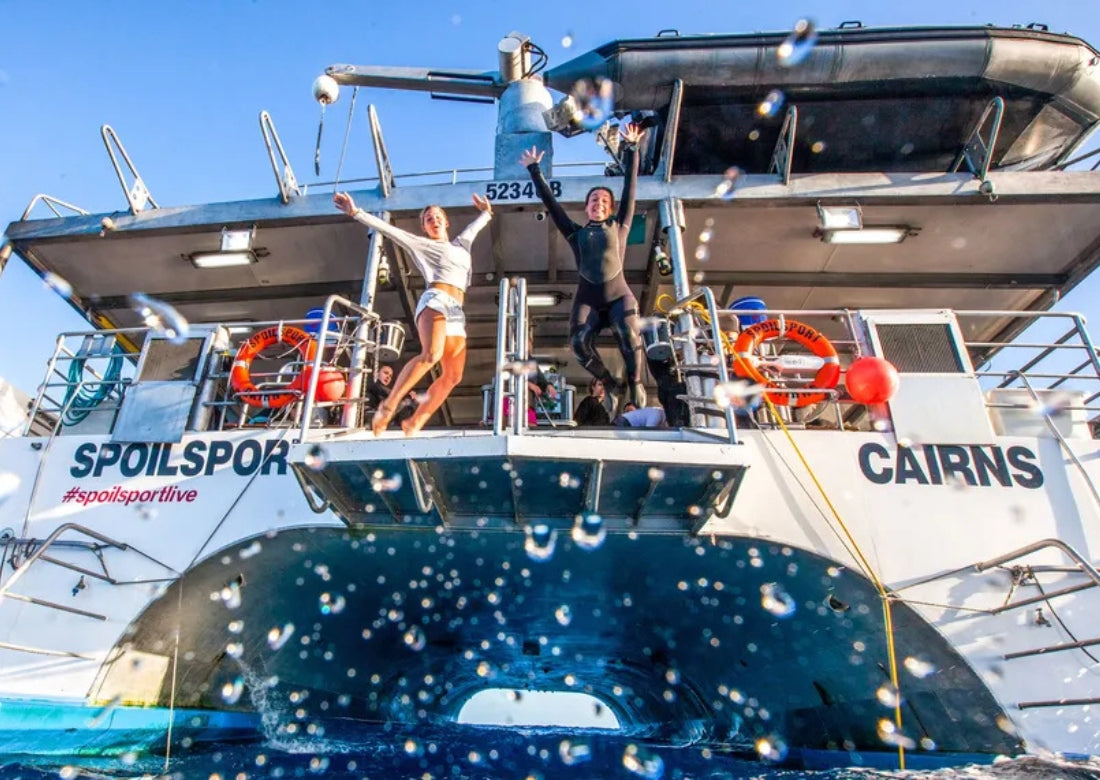8 Best Places to Dive During the Winter

Winter is in full swing, and there are certainly many things to love about it, such as layering all your favorite clothes into one outfit, drinking hot chocolate and having snowball fights. However, it also usually means that you have to pack away your scuba gear and wait until summer for your next domestic dive vacation. Sure, there is ice diving in the Great Lakes or Hudson River, but by far not everybody takes pleasure in plunging into the frigid water. So, we have decided to turn your attention to those parts of the world where waters remain unfrozen and climes allow to enjoy some lovely diving.
For Those Who Love the Tropics
If the bright sun, sparkling beaches and clear, warm waters are a must for your winter diving break, consider traveling to Grand Cayman, Bonaire, Bahamas, Fiji, Maldives or Mexico.
Grand Cayman
Cayman Islands are known worldwide for their exquisite blue waters and the proximity of the healthy barrier reef. The Islands offer some truly magnificent diving for so many divers with different skill levels and preferences. Whether you like reefs or wrecks, shallow dips or plunging walls, big-animal encounters or little critters, you can find it all in the Grand Cayman. The island is the perfect wintertime playground with such famous dive sites as Orange Canyon, Trinity Caves, Eagle Ray Rock and Aquarium. It is also a home for the world famous Bloody Bay - a perfect vertical drop-off that plunges from within 6 meters / 20 feet of the surface to more than 900 meters / 3,000 feet of depth. Grand Cayman also offers accessible shore diving with little to no current and an abundance of marine life, including Gray Reef Shark, Spotted Eagle Ray, Nurse Shark and Stingray.
Visibility - normally you can see 18-30 metres / 60-100 feet or more.
Water Temperature - the average water temperature is 26-28°C / 78-82°F year-round.
Bonaire
Bonaire, a part of the Dutch Antilles in the Caribbean and only 50 miles north of Venezuela, is often referred to as a diver’s paradise. Indeed, the desert landscapes, protected wildlife areas with pink flamingos and 470 fish species found in Bonaire’s water make the island one of the best travel destinations in the world. Make sure to visit such sites as Hilma Hooker, Invisibles and Pink Beach, take a trip to the island’s east side, where you can windsurf or kayak, plan a boat dive to nearby Klein Bonaire or rent a jeep to ride along the shore and take full advantage of the shore diving.
Visibility - the average visibility around Bonaire is 30 metres / 100 feet.
Water Temperature - average temperatures in winter are around 25°C / 78°F and in summer - 29°C / 84°F.
Bahamas
Bahamas, the country of 3,000 islands, features fantastic beaches, numerous luxurious resorts and 340 sunny days each year. What’s more, all of this is only one hour flight away from Florida. A laid-back Caribbean vibe and impressive dive conditions year-round make Bahamas a dream winter getaway spot. Divers can travel between different islands of the Bahamas for unique signature experiences. The waters off New Providence, for instance, are known for drop-offs, blue holes and caves, as well as historical wrecks and thrilling shark diving, while the Grand Bahama Island gives you the chance to see dolphins and visit several shallow wrecks.
Visibility - the visibility normally ranges from 24m / 80ft to 30m / 100ft.
Water Temperature - 24°C / 75°F during the winter, 27°C / 80°F in spring and 31°C / 88°F in the summer.
Fiji
Fiji comprises some 330 islands of the Fijian archipelago in the South Pacific. The vast majority of the population lives on the main island, Viti Levu, while many other islands are either thinly populated or completely deserted. One of the main diving attractions around Fiji is the colorful reef ecosystem, thanks to which it was nicknamed the “soft coral capital of the world.” In addition to that divers can enjoy wall dives, swim-throughs, caverns, canyons and occasional shark encounters in the waters of Fiji. Shore diving, boat diving and liveaboard trips are all possible here.
Visibility - excellent visibility at most sites averaging between 20-40 metres / 70-130 feet.
Water Temperature - seasonal averages from 23°C / 75°F in winter and 30°C / 86°F in summer across the islands.
Maldives
The Maldives are considered to be one of the most happening luxury destination on the planet right now. In addition to the world's swankiest hotels Maldives have a welcoming culture and some of the finest liveaboard dive boats on the globe. The main diving attraction in the islands is big fish encounters. Divers can often come across mantas, whale sharks and more. Manta Point in South Ari Atoll is the best place to encounter these magnificent creatures. Between January and April manatas come up from the deep to this clearing station to free themselves from unwanted parasites.
Visibility - you can normally see 20 metres / 70 feet far. If the visibility is lower, it usually means plankton is present, which can bring in the whale sharks.
Water Temperature - water temperatures range from 26-30°C / 80-86°F year-round.
For Those Who Want to Stay Within the US
If you are more into short-haul travel, want to stay within US and are looking for non-tropical but non-frigid winter options, the three dive sites below would be right for you.
Bonne Terre Mine, Missouri
The Bonne Terre Mine, once a large source of lead, was filled with water in 1962 and is now a very popular dive destinations. In fact, the mine is one of the largest freshwater dive resorts on the planet. Divers have a chance to explore 24 dive routes, winding beneath broad arches and down staircases at depths of 40 to 60 feet. The shafts are illuminated by 50,000 watts of artificial light. Though there is no marine life on the site, diving in Bonne Terre Mine is a unique experience that feels like taking an underwater tour of a forgotten world.
Visibility - visibility stretches to 30 meters / 100 feet.
Water Temperature - the water stays a constant 14°C / 58°F
Flower Garden Banks Marine Sanctuary, Texas
Flower Garden Banks Marine Sanctuary is located about 100 miles / 160 kilometers off the Texas and Louisiana Coast in the Gulf of Mexico. Even though you’ll have to endure the seven-hour boat ride out to the area's 27 dive sites, the spectacle is totally worth it. The three towering coral pinnacles, rising to just 50 feet below the surface, overflow with hundreds of species of fish and reptiles, including hammerhead sharks, manta rays and loggerhead turtles.
Visibility - the visibility is 15 meters / 50 feet or better.
Water Temperature - the temperatures bottom out in the 14°C / 60°F
Palm Beach County, Florida
Palm Beach County in Florida is home to nearly 70 dive sites with warm water, excellent visibility and lots of healthy reef growth. The variety of marine live around these dive sites is also impressive. Divers have a chance to encounter such unusual creatures as lemon sharks, striated frogfish and more. Juno Ledge, a few miles north of Palm Beach Inlet, attracts schooling fish like snappers, eagle rays, goliath groupers and barracuda. What’s more, there are a few great wrecks to explore, including Mizpah, a 185-foot former Greek luxury liner, PC1170 and Amaryllis.
Visibility - generally 10-25 metres / 35-80 feet. Winter storms can reduce visibility.
Water Temperature - depending on the area, water temperature can range from 16-27°C / 55-80°F – towards the cool end of this range in winter and warmer in summer.
As you can see, there are plenty of amazing dive destinations you can visit during winter. What are your favourite spots for a winter diving vacation?




